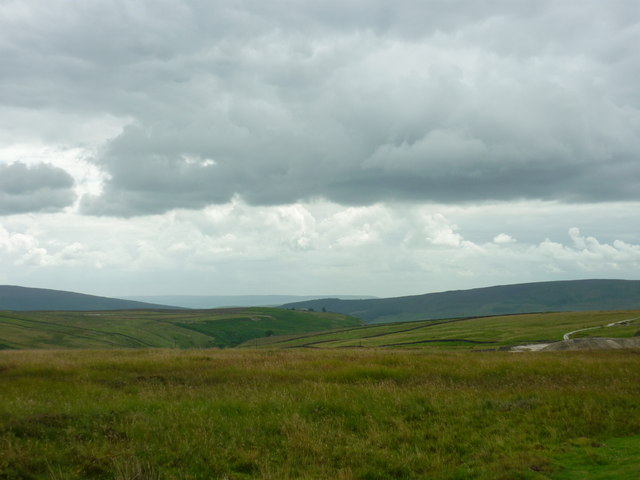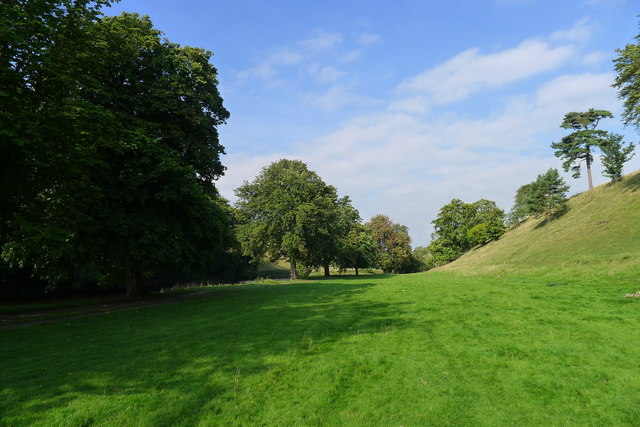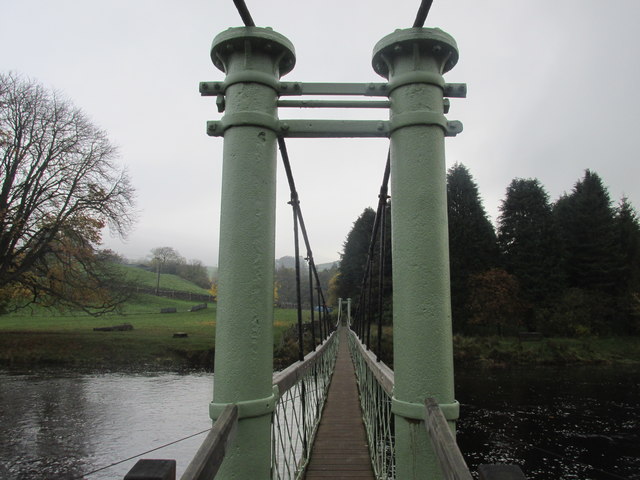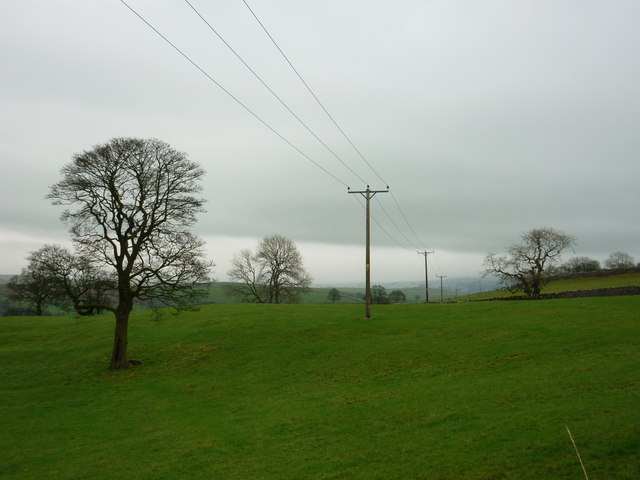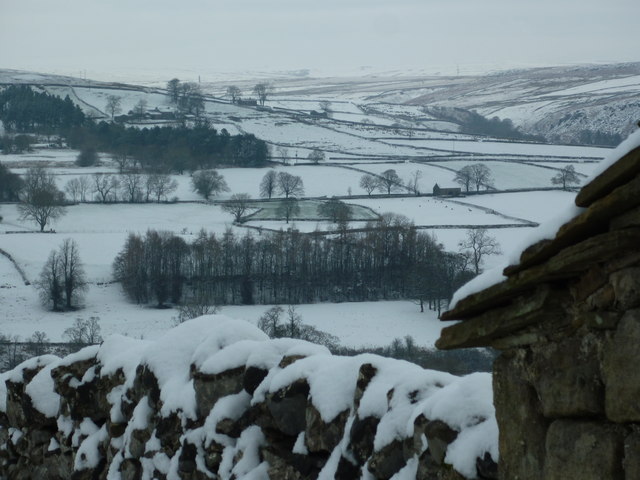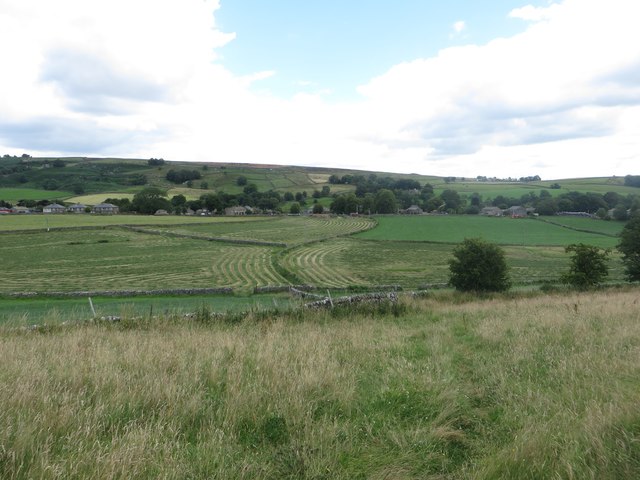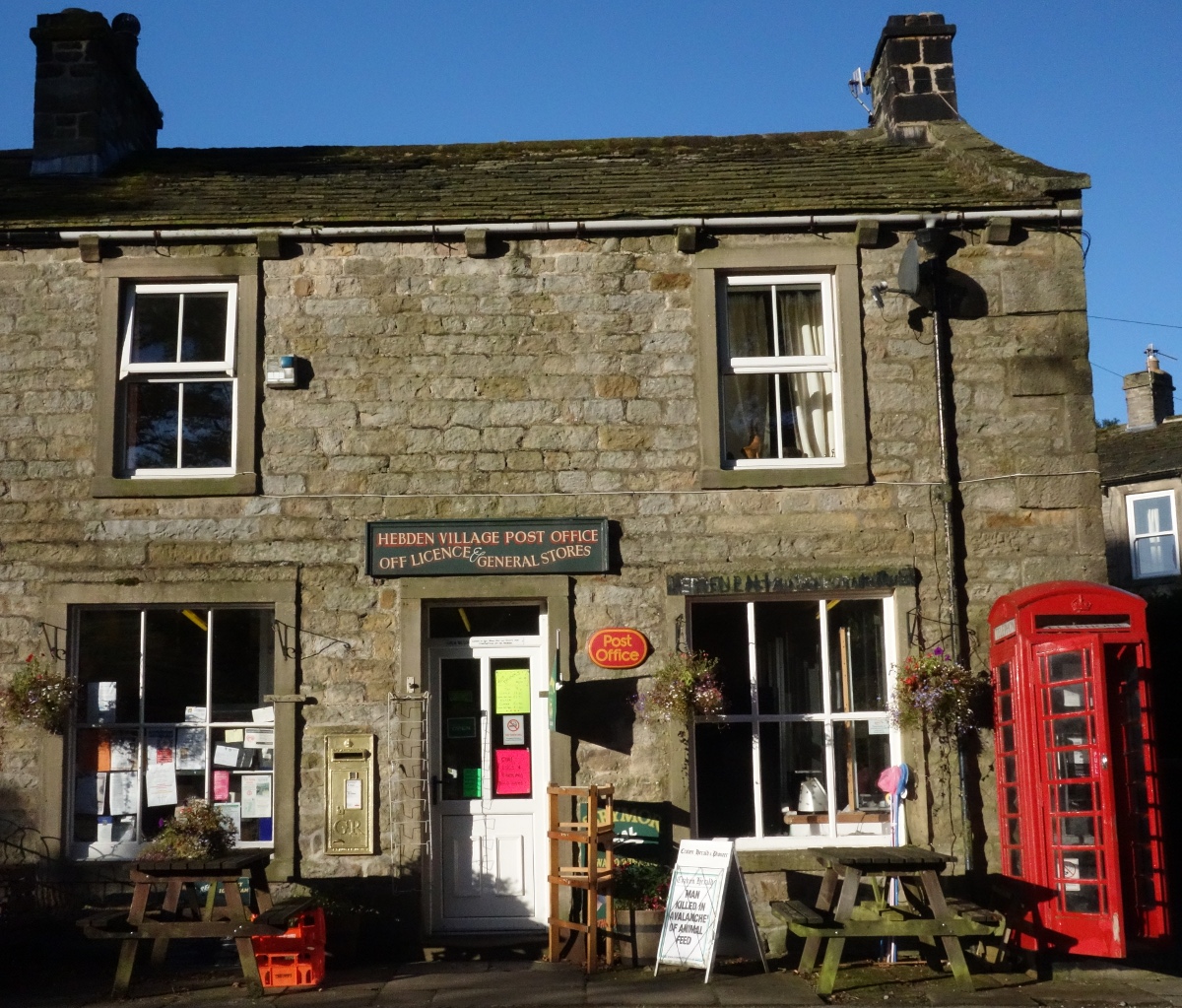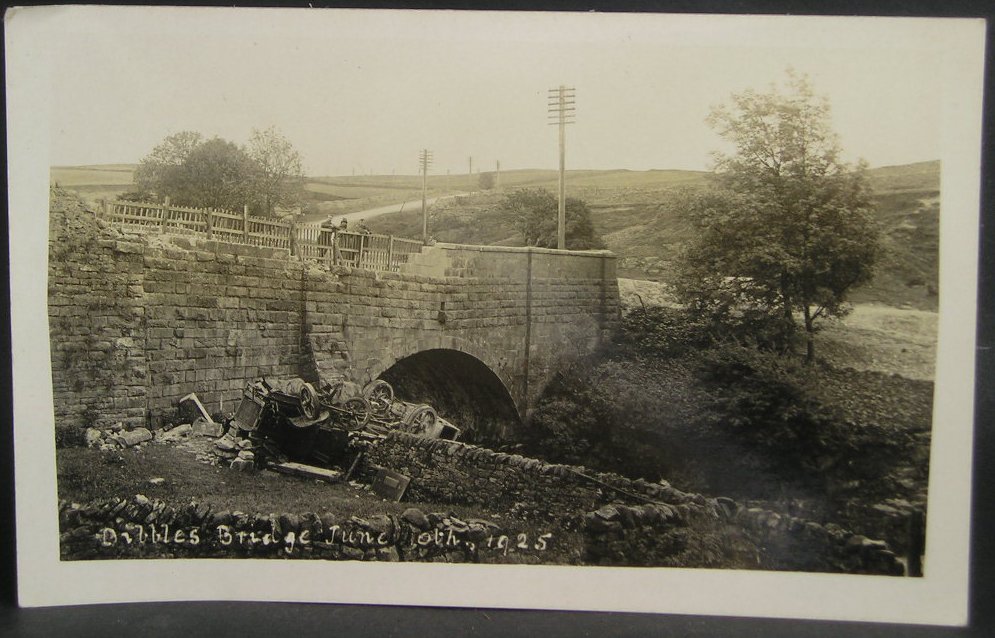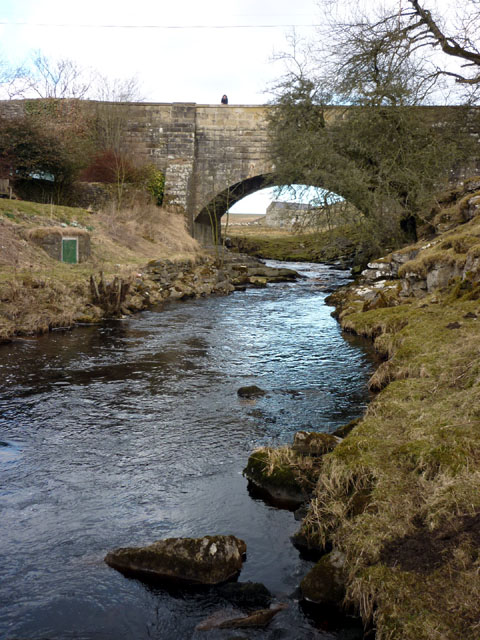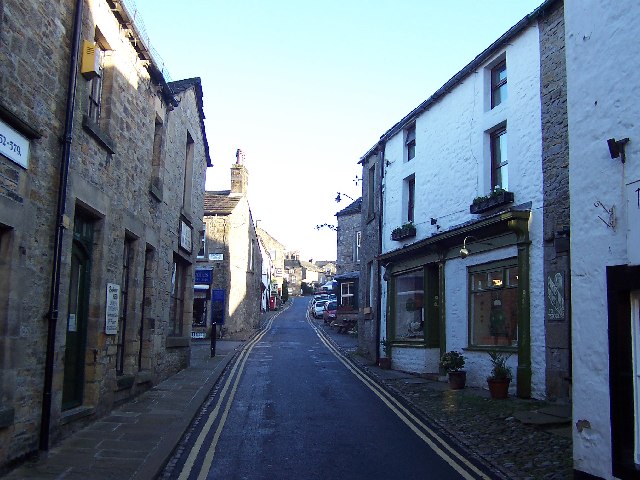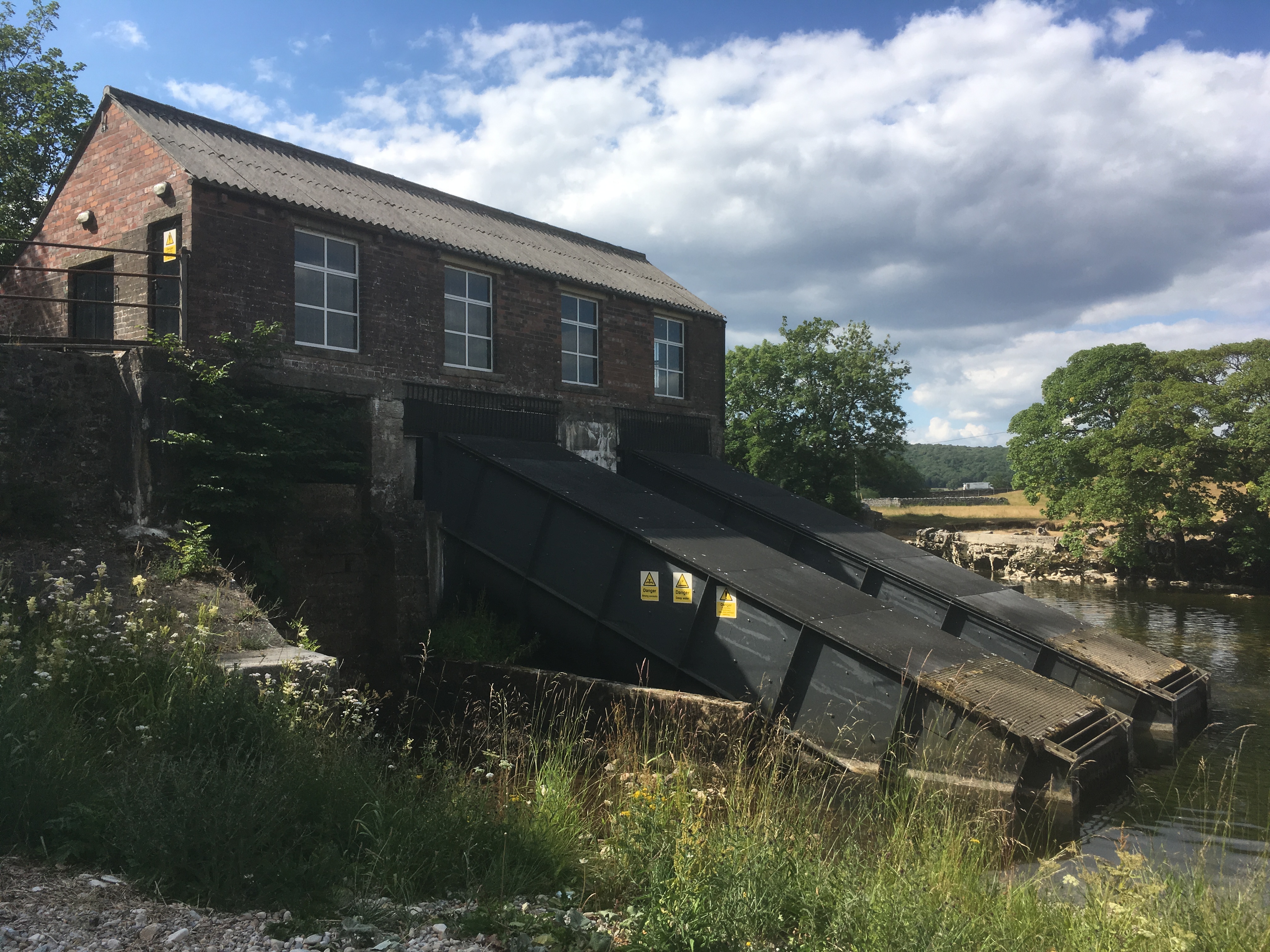Dumpit Hill
Hill, Mountain in Yorkshire Craven
England
Dumpit Hill
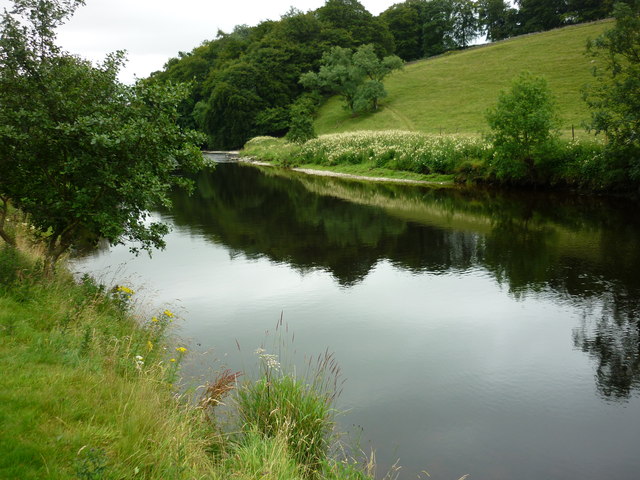
Dumpit Hill is a prominent natural landmark located in the county of Yorkshire, England. Situated near the village of Kirby Malzeard, in the Nidderdale Area of Outstanding Natural Beauty, Dumpit Hill is a low-lying hill rather than a mountain, reaching an elevation of approximately 331 meters (1,086 feet) above sea level.
The hill is characterized by its gently sloping sides and offers panoramic views of the surrounding countryside, including the picturesque landscapes of Nidderdale and the Yorkshire Dales National Park. On clear days, visitors can enjoy breathtaking vistas of rolling green hills, charming villages, and distant peaks.
The name "Dumpit" is derived from the Old English word "dun," meaning hill, and "pit," referring to a hollow or cavity. This name aptly describes the topography of the hill, which features a shallow depression or dip towards its summit, giving it a distinctive appearance.
Dumpit Hill is a popular destination for outdoor enthusiasts, offering various walking and hiking trails that cater to different levels of difficulty. Its accessible location and relatively easy terrain make it suitable for families, nature lovers, and those seeking a leisurely stroll in a tranquil setting. The hill is also abundant in flora and fauna, with a diverse range of plant and animal species calling it home.
Whether it's for a peaceful walk, birdwatching, or simply taking in the breathtaking views, Dumpit Hill remains a delightful spot for visitors to connect with nature and appreciate the beauty of the Yorkshire countryside.
If you have any feedback on the listing, please let us know in the comments section below.
Dumpit Hill Images
Images are sourced within 2km of 54.07304/-1.958474 or Grid Reference SE0264. Thanks to Geograph Open Source API. All images are credited.
![The suspension bridge and stepping stones to Hebden &quot;In 1884, following the drowning of a local man while trying to cross the stepping stones on the River Wharfe below Hebden, a committee was formed with the intention of building a footbridge. A great storm the previous year had also destroyed Burnsall Bridge down stream causing the villagers great problems. The new bridge was designed as a suspension bridge and was built by the village blacksmith, William Bell [in 1885, and recently refurbished by the National Park Authority]&quot; from <span class="nowrap"><a title="http://www.outofoblivion.org.uk/record.asp?id=282" rel="nofollow ugc noopener" href="http://www.outofoblivion.org.uk/record.asp?id=282">Link</a><img style="margin-left:2px;" alt="External link" title="External link - shift click to open in new window" src="https://s1.geograph.org.uk/img/external.png" width="10" height="10"/></span>](https://s2.geograph.org.uk/geophotos/04/71/79/4717950_5228d5f1.jpg)
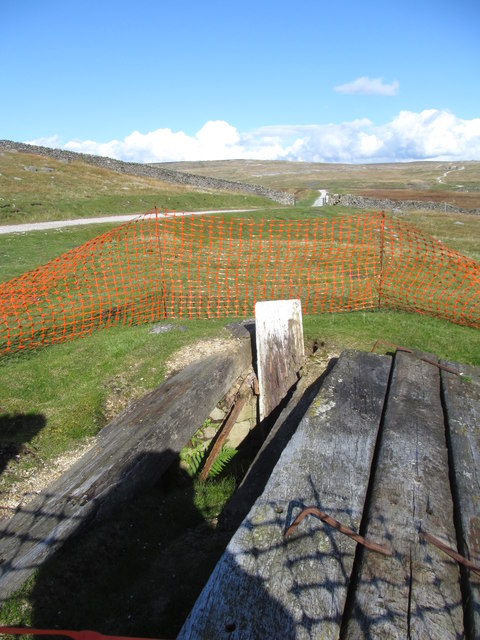
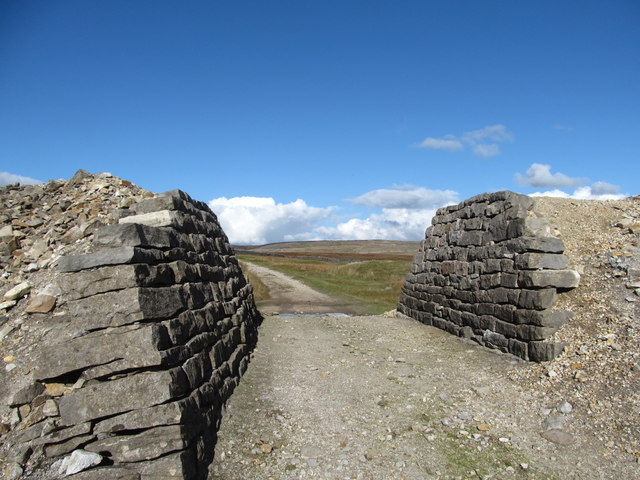
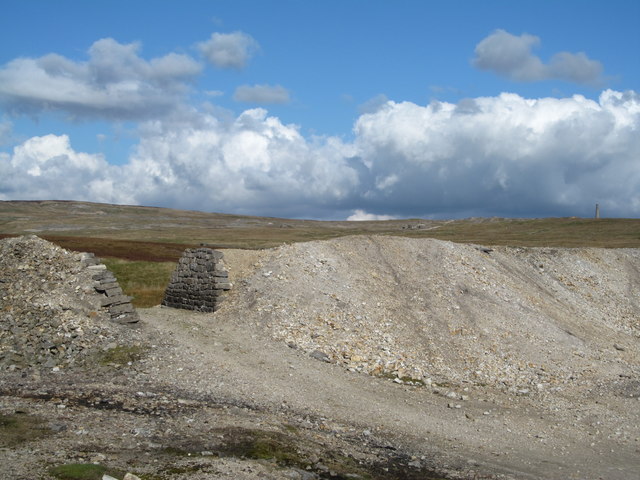
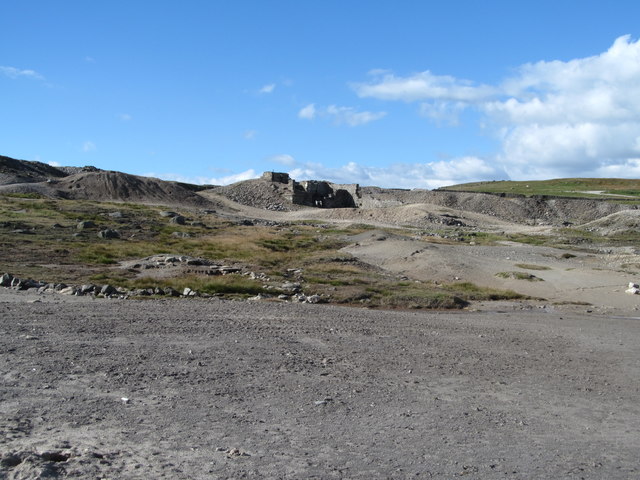
Dumpit Hill is located at Grid Ref: SE0264 (Lat: 54.07304, Lng: -1.958474)
Division: West Riding
Administrative County: North Yorkshire
District: Craven
Police Authority: North Yorkshire
What 3 Words
///bloom.mixed.steep. Near Grassington, North Yorkshire
Nearby Locations
Related Wikis
Hebden, North Yorkshire
Hebden ( HEB-dərn) is a village and civil parish in the Craven District of North Yorkshire, England, and one of four villages in the ecclesiastical parish...
1925 Dibbles Bridge coach crash
On 10 June 1925, a coach crashed at the bottom of a steep hill at Dibbles Bridge, near Hebden in North Yorkshire, England. Seven people were killed and...
1975 Dibbles Bridge coach crash
On 27 May 1975, a coach carrying elderly passengers crashed at the bottom of a steep hill at Dibble's Bridge, near Hebden in North Yorkshire, England....
Grassington
Grassington is a village and civil parish in North Yorkshire, England. The population of the parish at the 2011 Census was 1,126. Historically part of...
Burnsall
Burnsall is a village and civil parish in the Craven district of North Yorkshire, England. It is situated on the River Wharfe in Wharfedale, and is in...
Thorpe, North Yorkshire
Thorpe is a village and civil parish in the Craven district of North Yorkshire, England. It is 2 miles (3 km) south of Grassington and 6 miles (10 km)...
Linton Falls Hydro
Linton Falls Hydro is a hydroelectric generating power station located on the Linton Falls Weir of the River Wharfe, near Grassington, North Yorkshire...
Hartlington
Hartlington is a small village and civil parish in the Craven district of North Yorkshire, England. At the 2011 Census, the population of the parish was...
Nearby Amenities
Located within 500m of 54.07304,-1.958474Have you been to Dumpit Hill?
Leave your review of Dumpit Hill below (or comments, questions and feedback).
